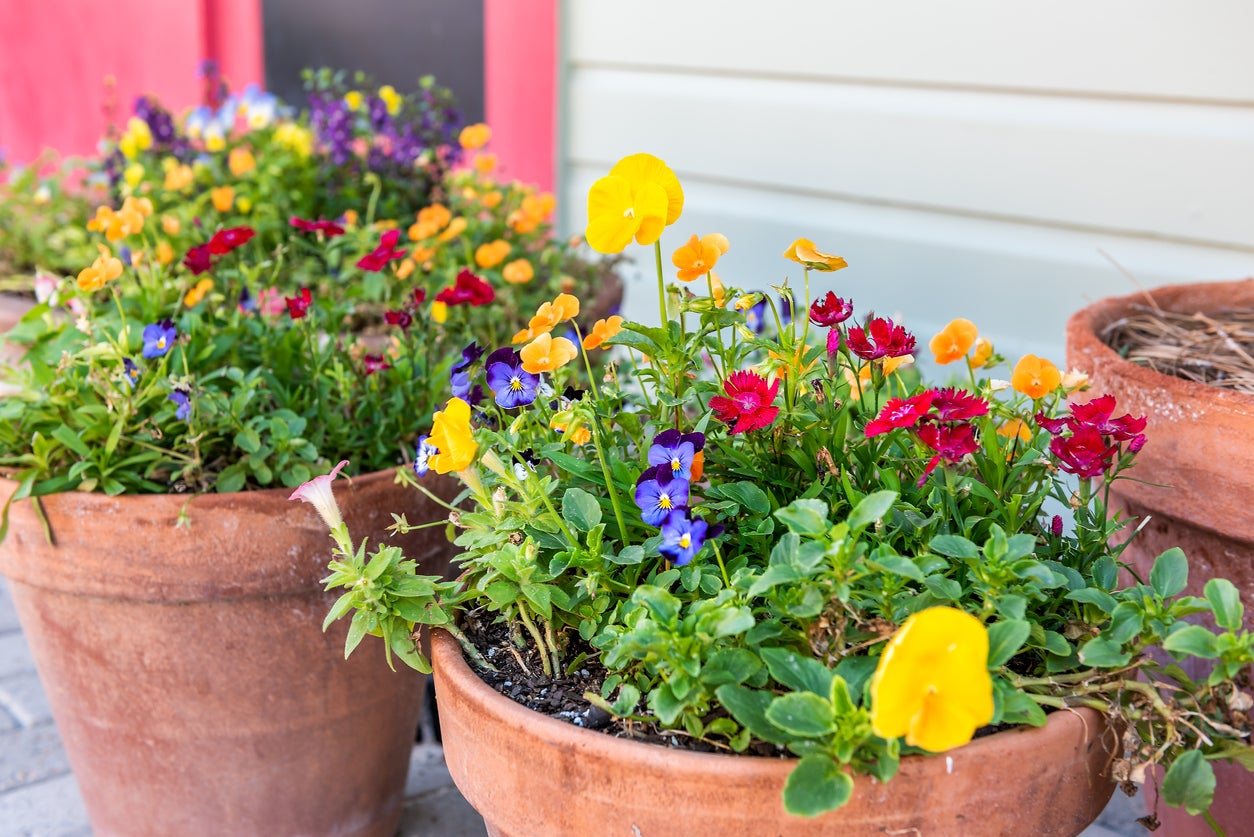Outdoor Potting Soil – Making A Container Growing Medium


Planting flowers and vegetables in large outdoor containers can be an excellent way to maximize both space and yield. Though the process of filling these pots with high-quality potting mixes is relatively simple, the cost can add up quickly. This is especially troublesome for those on a tight budget. By becoming more familiar with the contents of outdoor container soil, even beginner gardeners can better understand what is required to mix their own container growing medium.
What Makes a Good Potting Mix for Outdoor Containers?
With the rise in popularity of container gardening, many growers find themselves interested in gaining more knowledge regarding outdoor potting soil. These soils are essential for the success of container gardens. Specific components of the soil assist with drainage, water retention, and nutrient uptake.
Unlike the soil in the garden, it is essential that potting mix for outdoor containers exhibits exceptional drainage qualities. This drainage is key, as it allows the moisture within the container to move downward beyond the root zone of the plant. Standing water within the plant’s root zone can lead to a multitude of issues, such as root rot.
Potting mix for outdoor containers sold commercially most often contains a mixture of vermiculite, peat, and/or coir fibers to regulate moisture levels and improve drainage. Furthermore, these mixes do not contain soil. This allows the mix to remain comparatively lightweight and airy, even when saturated with water. Maintaining these consistent moisture levels will be essential to container plantings throughout the growing season.
Creating Your Own Outdoor Container Soil
While it is possible to mix your own potting mix using garden soil, it is best to first do thorough research. Adding garden soil to a potting mix can be beneficial in adding additional bulk and nutrients to the mixture. However, it will be imperative that the soil is healthy, disease-free, and free of any harmful insects or pests. In some cases, adding garden soil can do more harm than good, so making soilless mixes is preferable.
By mastering the creation of their own potting mixes, many gardeners are able to fill pots and containers with high-quality container growing medium at a fraction of the cost of buying commercially bagged potting soils.
Through the combination of components, these outdoor potting soils can provide plants with ample nutrients to produce healthy and vibrant flowering plants that thrive all season long.
Sign up for the Gardening Know How newsletter today and receive a free copy of our e-book "How to Grow Delicious Tomatoes".

Tonya Barnett has been gardening for 13 years. Flowers are her passion. She has transformed her backyard into a cut flower garden, which she regularly chronicles on her YouTube channel http://www.youtube.com/@tonyawiththeflowers.